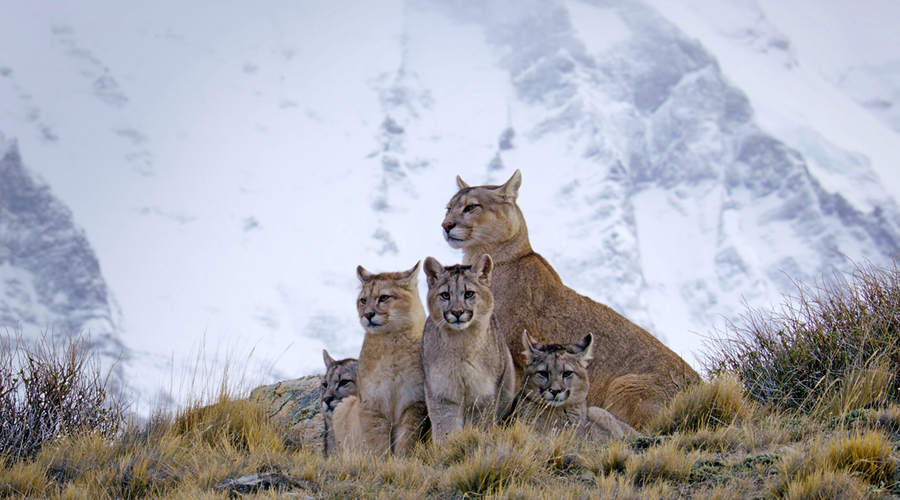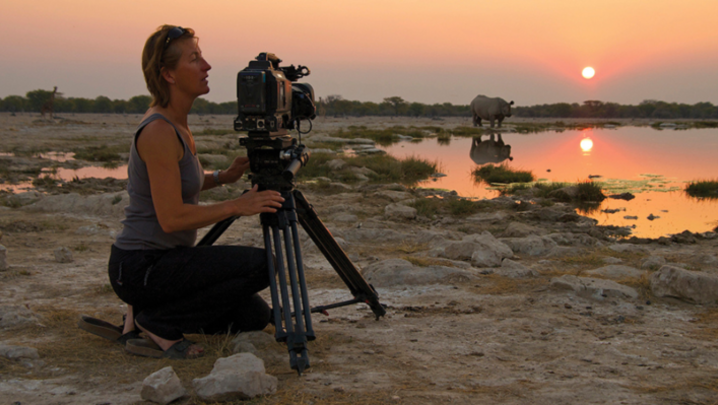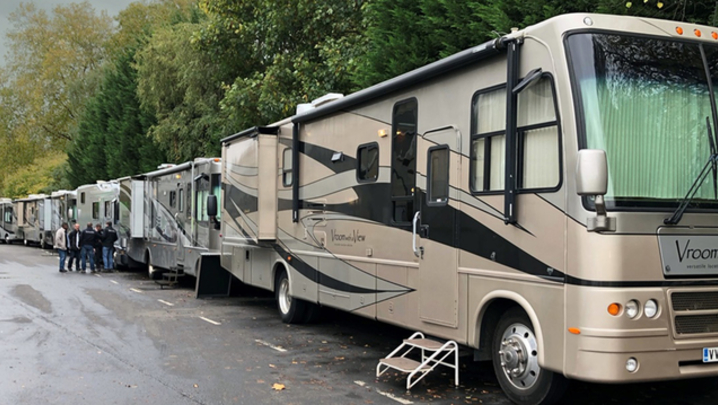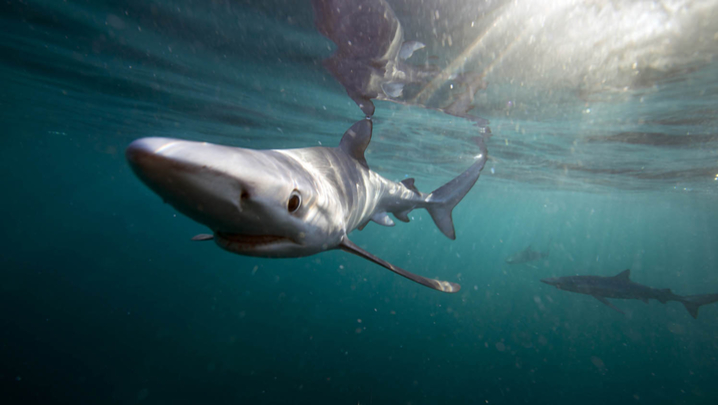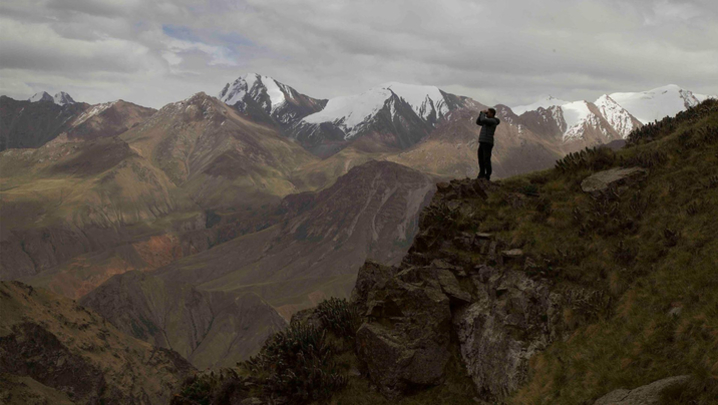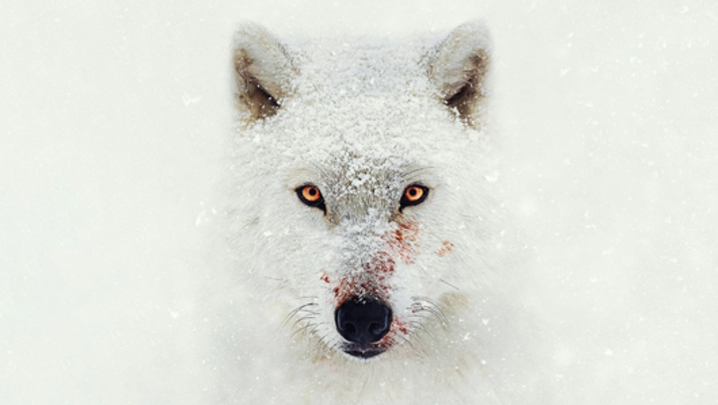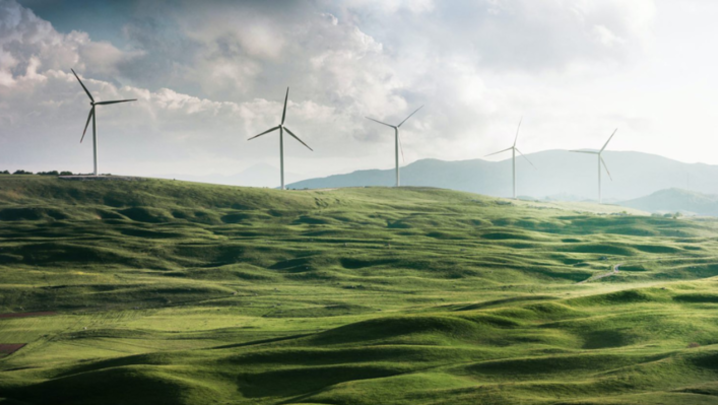Leading film-makers discuss how to make natural history more sustainable
The irony of natural history enjoying a TV golden age while the wildlife it features enters a dark age was not lost on the panel at an RTS event on sustainable film-making in early December.
Natural history is “making huge amounts of money while its subject matter goes extinct” was the succinct summary of Tom Mustill, a producer/director and owner of Gripping Films, which makes campaigning, low-carbon films about the environment.
Doug Allan, an award-winning natural history photographer, documentary film-maker and diver, said it was important to “distinguish between conservation and climate change”. He explained: “If we don’t control climate change, all the conservation in the world will be irrelevant.”
And, as a genre, natural history is a high emitter of carbon dioxide. In 2021, Albert carbon calculator data revealed that the average hour of TV contributed 5.7t CO2e (equivalent to 5.7 tonnes of carbon dioxide). In comparison, the average hour of wildlife TV contributed almost nine times as much: 49.5t CO2e.
Allan called for “sustainability within programme-making” and for “a much more powerful message coming out of the programmes to move the needle, not preaching to the converted but to get other people on board”.
The genre is booming, with the streamers joining established natural history broadcasters such as the BBC and Discovery. But, argued Wendy Darke, founder and CEO of True to Nature, big landmark series are reducing their carbon footprints.
Sky/Netflix co-production Predators, made by True to Nature, used a huge number of local camera operators, rather than flying in specialists from the UK. “Working with in-country camera ops is a massive step forwards,” said Darke.
And, she added: “With Predators, the conservation message is there from the get-go.”
“There are lots of things that are quite hard for an individual company to do,” argued Kristina Turner, the co-founder of Filmmakers for Future: Wildlife, which encourages collaboration among producers to make natural history production greener.
Working together, she said, producers could set up kit hubs, which would reduce freight transport and hence the carbon footprint of wildlife programmes. Travel and transport of people and kit make up more than 85% of natural history productions’ emissions, according to Albert.
“Our industry is so competitive – you fight for commissions, you fight for awards, you fight for exclusive access to shoots – and that’s the antithesis of trying to solve problems together,” added Mustill.
“We’ve got mountains of beautiful footage but the big problem is that we don’t want to share them in case someone else makes money.”
For Allan, however, “the big changes are only going to get made by politics and big businesses – they are the only things capable of making changes at the scale we need.”
Rather than the “wistfulness” typical of wildlife films, Allan called for “anger” and “emotion” in film-making.
Mustill wanted natural history shows to be shot more like documentaries: “We [need to] film what takes place in front of us, where we’re given the permission of our commissioners to go on location and respond to the story as it happens… then the stories would be more interesting and real.
“At the moment, we’re limited by our imaginations and, if it’s the same people’s imaginations every time, they end up shooting the same thing.”
From discussions with members of her forum, however, Turner found grounds for optimism. She called on film-makers to demand more from their commissioners: “We don’t ask enough. Getting content seen where it’s made can have such a positive impact, and it’s actually really rare for that to happen.
“One of our [community] did a deal with their commissioner to get the content seen on a local TV channel in Kenya and in a mobile cinema, and that had such a positive impact on human-wildlife conflict situations.”
- Gripping Films: www.grippingfilms.co.uk/thank-you-sea and www.grippingfilms.co.uk/imaginefor1minute
- Filmmakers for Future: Wildlife. See: ffwildlife.org/ffw-stand-in-solidarity/ and ffwildlife.org/from-crisis-to-collaboration/
Report by Matthew Bell. ‘Sustainable TV production at home and abroad: Is TV overheating the planet?’ was held in central London on 6 December. It was chaired by wildlife broadcaster Liz Bonnin and produced by Victoria Fairclough.

